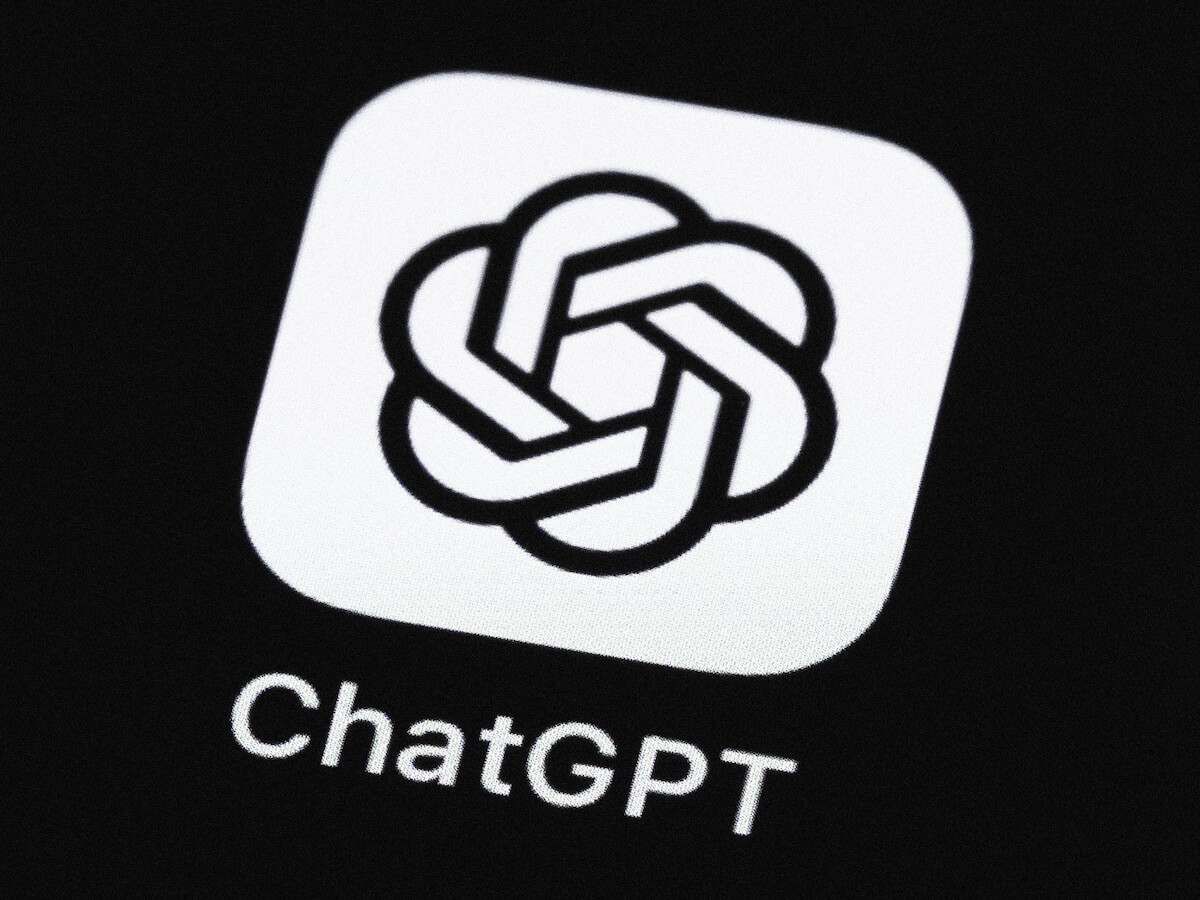ChatGPT 4o represents a significant leap forward in AI image generation, bringing stunning and practical visuals directly into the conversational interface. OpenAI's latest model integrates image generation natively, marking a shift from separate tools like DALL-E to a more seamless, multimodal experience. This integration unlocks a range of capabilities that promise to redefine how we create and use images for both personal and professional purposes.
One of the key advancements in ChatGPT 4o is its enhanced ability to accurately render text within images. Previous AI models often struggled with text, producing garbled or nonsensical results. GPT-4o excels at precisely following prompts and leveraging its inherent knowledge base to create images with clear, legible text. This capability is particularly useful for generating logos, infographics, diagrams, and other visuals where text is an integral part of the design. The improved text rendering stems from GPT-4o's autoregressive approach, generating images sequentially, which contributes to higher quality outputs.
Beyond text rendering, GPT-4o demonstrates superior "binding" capabilities, ensuring that objects and attributes within an image are accurately represented. Unlike other systems that struggle with complex scenes containing multiple elements, GPT-4o can handle prompts with up to 20 different objects while maintaining accuracy. This allows users to create detailed and intricate visuals that were previously challenging to achieve with AI image generation. This enhanced attribute binding, combined with the model's ability to follow detailed instructions, provides users with greater control over the creative process.
The practical applications of GPT-4o's image generation capabilities are vast and diverse. In marketing and branding, businesses can quickly generate customized promotional materials and unique logos, reducing their reliance on graphic designers. Content creators can use GPT-4o to create bespoke images that perfectly complement their articles or stories, enhancing visual appeal and engagement. User interface designers can obtain UI mockups through simple prompts, streamlining the development process. Educators can create educational manga or detailed scientific diagrams to explain complex concepts. The ability to create work-related images, such as infographics and diagrams, is a significant focus for ChatGPT 4o.
Moreover, GPT-4o's image generation is deeply integrated into the ChatGPT conversational experience. Users can refine images through natural conversation, building upon previous images and text within the chat context to ensure consistency throughout the creative process. For example, when designing a video game character, the character's appearance remains coherent across multiple iterations as the user experiments with different features or poses. This iterative refinement capability allows for seamless adjustments and experimentation, making it easier to achieve the desired visual outcome. GPT-4o can also analyze and learn from user-uploaded images, seamlessly integrating their details into its context to inform subsequent image generation. This in-context learning allows the model to draw inspiration from visual references provided by the user, enabling the creation of images that align more closely with specific aesthetic preferences or requirements.
Despite its impressive capabilities, GPT-4o's image generation is not without limitations. The model can sometimes crop long images too closely at the bottom, produce false information with vague prompts, and struggle to accurately depict more than 10 to 20 concepts at once. It may also have issues rendering non-Latin characters and can sometimes introduce unintended changes when editing specific parts of an image. Additionally, the model may have difficulty showing detailed information at small sizes and generating mathematically precise graphs. OpenAI acknowledges these limitations and is committed to addressing them through ongoing model improvements.
To ensure responsible use of its image generation capabilities, OpenAI has implemented several safeguards. All images generated by GPT-4o include C2PA metadata, an industry standard that identifies them as AI-generated. OpenAI also blocks requests that violate its content policies, including those related to nudity, graphic violence, and child sexual abuse materials. Stricter rules apply when generating images involving real people, and public figures have the option to opt out of having their likenesses used without consent. These measures are designed to promote transparency, protect artists' rights, and prevent the misuse of AI-generated images.
The integration of image generation into ChatGPT 4o represents a transformative moment in artificial intelligence. By seamlessly combining text and image processing, enhancing attribute binding, and allowing iterative refinement, GPT-4o sets a new standard in the AI industry. While competitors are compelled to accelerate their own AI developments to keep pace, GPT-4o's capabilities are poised to redefine expectations and applications of AI-driven image generation across various sectors. The power to generate stunning and practical images is now at the fingertips of anyone using ChatGPT, democratizing creativity and unlocking new possibilities for visual communication.

















